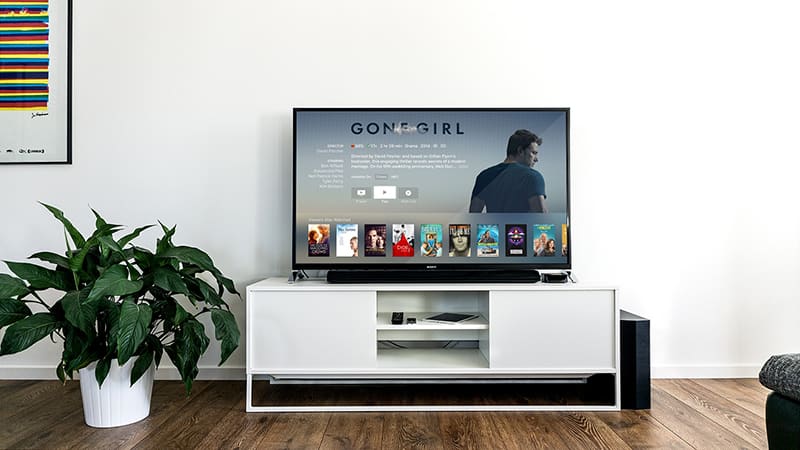Click here to get this post in PDF

These days, you can subscribe to pretty much anything. From films and music to meal plans and exercise, most of our daily essentials are a simple ‘click to subscribe’ away. Once, subscription culture was associated with millennial mindsets and indulgence. However, we can now subscribe to practical services such as grocery shopping, MOT maintenance, and household cleaning supplies. This means that subscriptions are convenient rather than purely luxurious. In today’s market, consumers are more often prioritising efficiency, looking for solutions that save them both time and money. Subscription services offer a supply to this demand and your shopping can now be factored around your busy life, without impacting your daily routine.
Growing at a rate of 200 per cent a year, the subscription industry is booming and shows no signs of slowing down. There are an estimated 10,000 subscription services available in today’s market and each one can be tailored specifically to an individual’s needs and tastes. Subscription culture is thriving, and that could be attributed to three key reasons:
- Convenience — fitting purchasing around a hectic lifestyle in which people prioritise other things over shopping.
- Indulgence — the ‘treat yourself’ ethos which sets apart the millennial generation and encourages consumers to splash out on subscriptions to luxury goods
- Personalisation — fitting essential purchases around your lifestyle. For example, a laundry detergent subscription that takes into account how many washes you do on average per week and sends you refills when they estimate you’ll need them.
Each of these benefits are motivating more and more consumers to sign up to various services. Let’s take a closer look at the sectors that are thriving the most due to subscription culture.
Transport
Making a relatively recent debut into the subscriptions market, we have the transport sector. Car insurance, servicing, and repairs can now all be subscribed to. This means, for example, that motorists no longer need to fork out more than £200 for their annual Volvo service. Companies such as the RAC now offer fixed price service plans, so that the maintenance costs of a vehicle can now be spread out across the year and motorists can rest easy, knowing that any potential issues will already be covered.
Entertainment
The entertainment sector is the one most associated with subscriptions — and this consumer habit is nothing new here! Before the digital subscriptions that we so frequently enjoy today, magazine and newspaper subscriptions were commonplace. Now however, the entertainment industry is dominated by subscription giants such as Spotify and Netflix.
In the final quarter of the year, more than 167 million were subscribed to Netflix around the world, with an additional 4.6 million customers using the streaming platform on a free trial basis. The platform has become one of the most common ways to access entertainment. Furthermore, it inspires loyalty within in its consumer base, with the majority of watchers claiming that they would stick with their subscription even if the price was raised.
Similarly, the music streaming platform Spotify has seen a constant increase in a number of subscribers. With 113 million premium subscribers worldwide, it has become one of the most popular ways to keep up to date with music in the world.
In the case of both Netflix and Spotify, your subscription cost comes out of your bank each month and you are automatically granted access to a seemingly unlimited wealth of media. One reason services like these have a loyal customer base is that once you’ve experienced unlimited entertainment at your fingertips, it’s hard to go back!
Health and lifestyle
In addition to the entertainment industry, the health and fitness industry has jumped on the subscription bandwagon. 9.9 million people in the UK were subscribed to a gym membership — regardless of how many times they were actually going to the gym. Like entertainment, this service is based on access and relies on the customer’s participation.
On the other hand, many people subscribe to wellness and lifestyle products that are delivered directly to their door, benefitting from a regular product in return for their subscription rather than access to a service. Meal planning boxes such as Hello Fresh are great examples of this. Focussing on minimising food waste and helping customers eat more healthily, food subscriptions like this one provide all the ingredients that you’ll need to cut a certain recipe, already measured out precisely for your needs.
Each sector has embraced subscription culture in its own way and is working towards the ultimate goal of full customer satisfaction. When customers feel confident that they are subscribed to every service or product they need and their entertainment, wellness, and travel needs are all being taken care of, they can save time to focus on other important elements of their lives.
Also read: 7 Must-Know Facts About Technology and Communication in 2020
Sources
https://www.fastcompany.com/3044527/from-socks-to-sex-toys-inside-americas-subscription-box-obsession
https://blog.chartmogul.com/subscription-conquered-our-world/
https://www.statista.com/statistics/244995/number-of-paying-spotify-subscribers/
https://www.leisuredb.com/blogs/2018/5/16/2018-state-of-the-uk-fitness-industry-report-out-now
https://www.rac.co.uk/approvedgarages/products-services/service-plan
